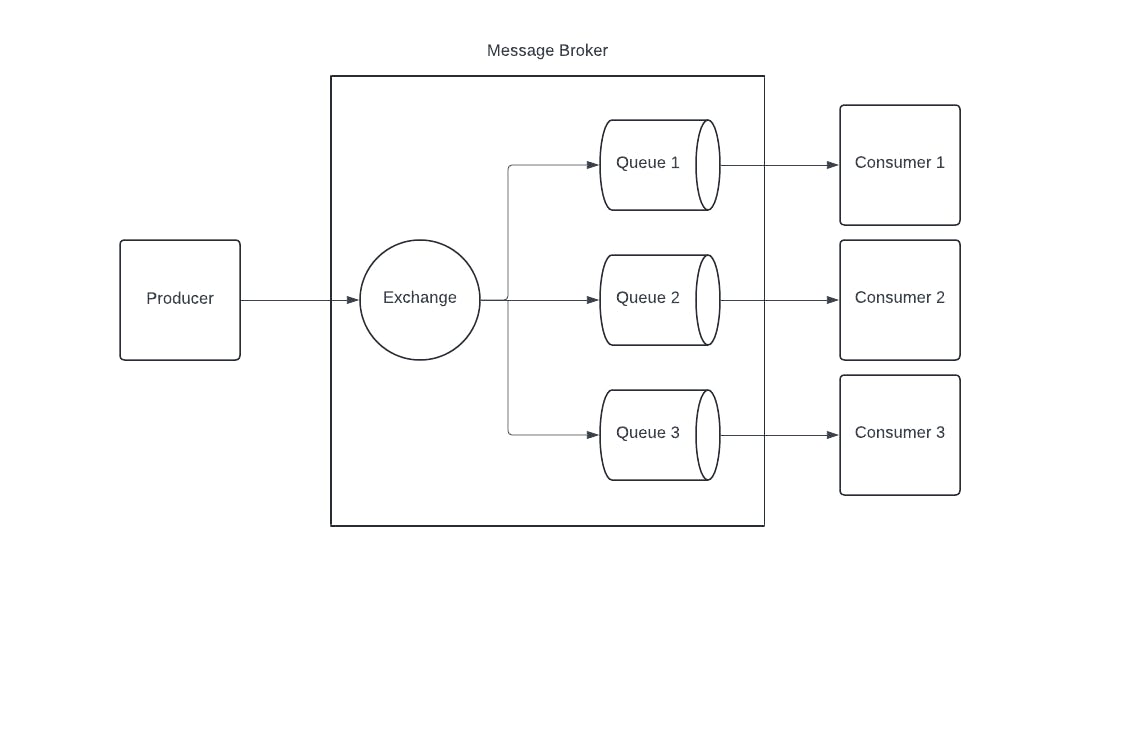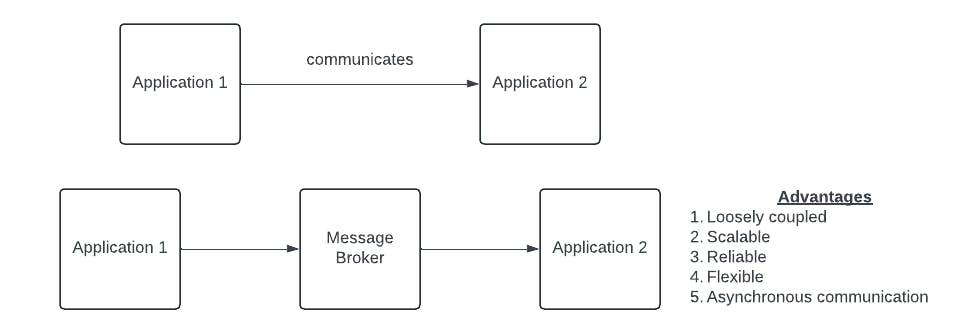In the ever-evolving landscape of modern software development, efficient communication between different components of an application is paramount. This is where the role of message brokers comes into play. In this article, we delve into the world of message brokers, exploring their functions, significance, and the problems they solve.
Understanding Message Brokers:
Message brokers act as intermediaries between different applications, facilitating communication by ensuring seamless message exchange. They essentially function as a middleman, receiving messages from one application and delivering them to another. This decoupling of components enables asynchronous communication, which is crucial for building scalable and resilient systems.
How Message Brokers Work:
Message brokers utilize a queue-based model to handle message distribution. In a queue-based model, messages are stored in queues, and consumers retrieve them from the queues as needed. Queues use the the concept of first in first out
The Concept of Queues in Message Brokers:
Queues play a vital role in message broker systems, serving as temporary storage for messages. When using message brokers, publishers push messages into queues, and consumers retrieve them as needed. This queuing mechanism ensures message persistence, delivery order, and load balancing, making it indispensable for building robust distributed systems.

The Solutions Provided by Message Brokers:
Message brokers address these challenges by providing:
Loose Coupling: By decoupling components, message brokers enable independent development, deployment, and scaling of applications.
Scalability: Message brokers can handle a massive number of messages, ensuring seamless communication even during peak loads.
Reliability: Built-in features such as message persistence, acknowledgment mechanisms, and fault tolerance ensure reliable message delivery.
Asynchronous Communication: Message brokers enable asynchronous communication, improving system responsiveness and throughput.
Architecture of Communication:
When not using message brokers, communication between applications typically follows a point-to-point model, where each application directly interacts with others. This results in tightly coupled systems with limited scalability and reliability.
In contrast, when employing message brokers, applications communicate via intermediary channels. Publishers send messages to the broker, which then distributes them to relevant subscribers or queues. This decoupled architecture enhances scalability, reliability, and flexibility.

Examples of Message Brokers:
Some popular message broker systems include:
Apache Kafka: Known for its high-throughput, fault-tolerant, and distributed architecture, Kafka is widely used for real-time data processing and event-driven applications.
RabbitMQ: A robust and highly configurable message broker that supports multiple messaging protocols and patterns, making it suitable for various use cases.
Apache ActiveMQ: An open-source message broker implementing the Java Message Service (JMS) API, ActiveMQ provides features like message persistence, clustering, and message filtering.
In conclusion, message brokers play a crucial role in modern application development by enabling efficient, reliable, and scalable communication between components. By adopting message broker systems, developers can build resilient and responsive applications capable of meeting the demands of today's dynamic environments.


